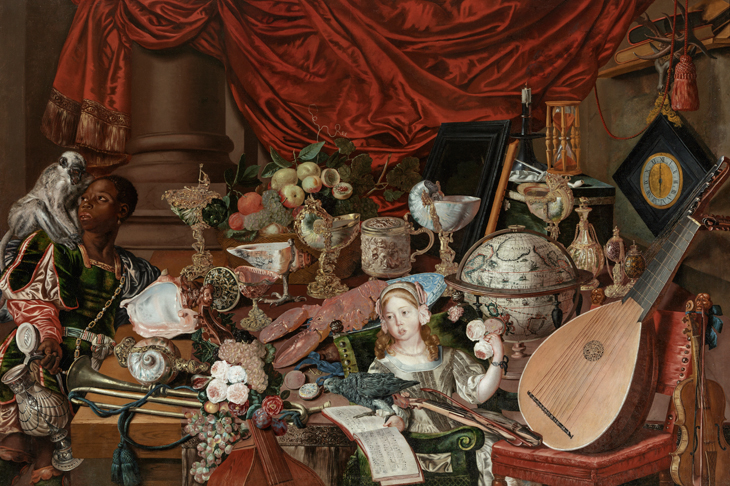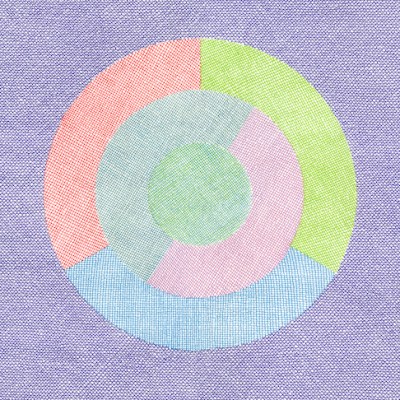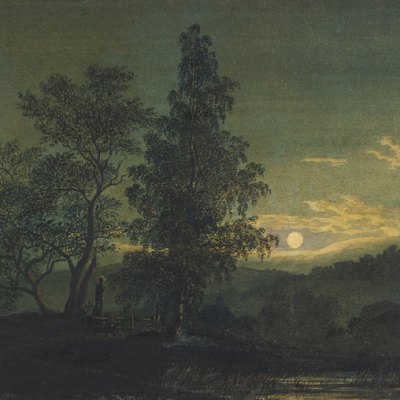You might think that one oddly assembled still-life painting, which few people have heard of – with an unknown creator, fuzzy date, uncertain patron, and a composition that has been partly overpainted at least twice – could not possibly be the centre of a fascinating multi-gallery touring show. But that’s before you see The Paston Treasure, a huge canvas over two metres wide, displayed at the Yale Center for British Art (YCBA) alongside related paintings, sketches, objects and raw artist’s materials and accompanied by the well-funded, meticulously researched catalogue by the team at YCBA and their global colleagues. If you can’t see the show there, it comes to Norwich Castle Museum & Art Gallery this summer (23 June–23 September), a few miles from where The Paston Treasure was made.
Several years of collaborative detective work have resulted in some strong, though not conclusive, theories about the painting. The artist is clearly Dutch – Oxnead was closer to the Netherlands than to London – and researchers currently favour the Flemish painter Carstian Luyckx of Antwerp.The patron was probably William Paston (1610–62/63) or, less convincingly, his son Robert (1631–83). The family had come over to England with William the Conqueror and fought their way to significance, land and wealth. William Paston built a new mansion at Oxnead in Norfolk, filling it with a fine library and collection of art, some bought during his world tour of 1638–39. Contemporary inventories list quantities of tapestries, paintings, sculptures, and miscellaneous bits and pieces such as preserved crocodiles from the schatzkammer (‘cabinet of treasures’) of the Paston family. It’s possible that the painting was a vanitas still life of carefully selected objects, commissioned by the ageing William Paston in the early 1660s to memorialise his collection, which was one of the greatest in Europe. It is about legacy, about the craving for stability in a fearful world of near-chaos.
Cup with strombus shell (c. 1660), attributed to the workshop of Stephen Pilcherd and Anthony Hatch. Norwich Castle Museum & Art Gallery, Norwich, UK. Courtesy of Norfolk Museums Service

The opening gallery of the exhibition rings with triumph: displayed in a row in front of the great canvas, spotlit like stars in a Broadway show, are five of the 13 items depicted in the painting, each in its separate display case. There are a pair of silver flagons, a mounted strombus shell, two nautilus cups – all identified from the painting by the end of the 20th century. The fifth object is a newly-discovered flask made in London using panels of mother of pearl from Gujarat in western India. Nathan Flis, head of exhibitions and publications at YCBA, is still excited by the find. ‘There are three in the world,’ he says. ‘This one is the one in the picture.’ Flis went with other curators to identify it at the owner’s home in London. ‘I got goosebumps as I held it while the other curators took pictures.’ He believes the show may well result in the identification of other pieces. ‘We created a full catalogue entry for each object in the picture, all 13, so they can be identified. It’s unconventional, but it puts it out there for other art detectives.’
Mother-of-pearl flask (c. 1650–60), unknown artists (Gujarati and English). Private collection, London. Photo: Jon Stokes

The supporting galleries give a richer and deeper understanding of the world in which the painting was conceived. The Paston family history is laid bare; we learn about Robert’s extravagant support of the Stuart family, whom he hoped would be restored to the throne and return the favour. (The gamble paid off, with the status-enhancing marriage of a Paston male to one of the king’s illegitimate daughters, a royal visit to Oxnead, and – finally – a title.) A newly produced film sets out theories to explain the extensive overpainting on the canvas. Visitors can listen to a recording of the musical score held by the young girl in the painting. There are luxury objects bought in Florence, the sketchbooks kept by William Paston’s travelling companions Henry and Nicholas Stone (lent by Sir John Soane’s Museum), a tapestry woven at Mortlake, and Philippe de Champaigne’s portrait of the dashing 23-year-old exiled prince (later Charles II).
A room filled with Dutch paintings, including one by Carstian Luyckx, encourages us to make our own guess at who painted The Paston Treasure. Here we learn about Flis’s second discovery for the show. In a glorious moment of serendipity, Flis was searching online for animal studies, trying out different animal and bird combinations at random, when up popped a painting sold at Sotheby’s in 2001 that must almost surely have been a preparatory study by the artist of The Paston Treasure. In addition to the similar background column, drapery and tassel, the untitled painting – known as Monkeys and Parrots – contains a parrot exactly identical to the specimen in The Paston Treasure, even in its 33cm length from beak to tail. ‘The dealer in New York who bought it still had it,’ says Flis, ‘and lent it to us to study and then to exhibit.’
Monkeys and Parrots (c. 1660s), attributed to the Master of The Paston Treasure. Collection of Glen Dooley, New York.

The show’s full title sums up its achievement: ‘The Paston Treasure: Microcosm of the Known World’. Flis hopes it plays into the deepening interest in the English baroque and the rise of collectors, complementing recent exhibitions in London about the collections of Charles I (Royal Academy) and Charles II (Queen’s Gallery). Meanwhile, he’s working on a show at YCBA, which in 2019 will celebrate the remarkable medical, manuscript and coin collections of the Scottish anatomist and physician William Hunter (1718–83). Bequeathed to Glasgow University, together with the doctor’s wealth, they are the foundation of the Hunterian museum.
‘The Paston Treasure: Microcosm of the Known World’ is at Yale Center for British Art, New Haven, until 27 May.



